AFTER a number of difficult years the recovery in Irish racing is gaining impetus, something that will be welcomed by all stakeholders.
However, this is leading to new problems, namely pressure for opportunities to run. The return of large-scale balloting that has occurred at recent Dundalk meetings has caused major frustration for many owners and trainers.
While balloting has been evident mainly in handicaps for horses rated 45-65, it is not seen exclusively in these categories of races. Maidens, particularly two-year-old maidens and nurseries for lower rated horses have also been oversubscribed.
The all-weather track in Dundalk, and the introduction of year-round flat racing, has been a victim of its own success.
In the period from the start of the winter all-weather series in November up to last week, there were 238 individual horses balloted out of races for horses rated 45-65 in Dundalk. This covers 30 races and 420 starting places. These races include divides and the extra meeting that Horse Racing Ireland, to its credit, added to the fixture list.
Assuming every horse was balloted out once it means there were 1.75 starting places available per horse in this 10-week period which is clearly not enough. This effectively means that if 181 horses got two runs in that period, 56 horses would have only got one run. That is clearly not enough for horses which are fit and ready to run.
It impacts greatest on the smaller owners and the small-to-medium sized trainers, who are generally the ones involved with this category of horse.
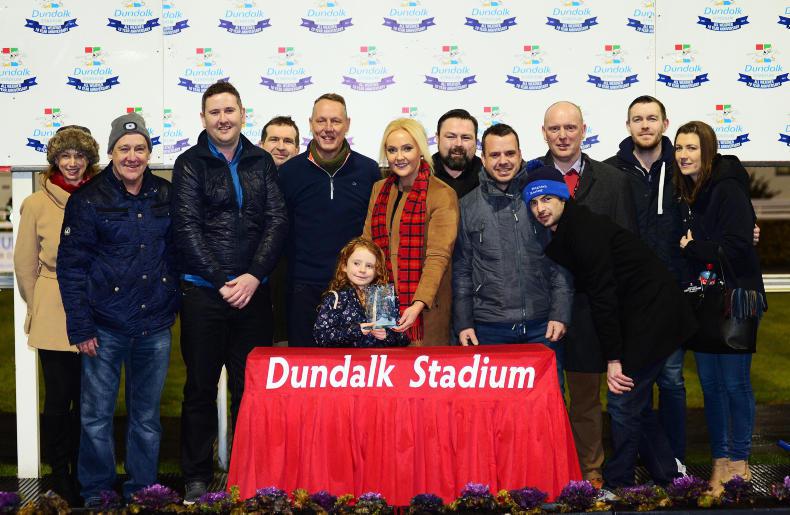
Many lower-grade horses are owned by syndicates and bring a lot of people to the races
FRUSTRATING
There is nothing more frustrating for owners and trainers than having a horse ready to run and getting balloted out, knowing it might be weeks before a similar race comes around again.
And this is not a problem that is only applicable to Dundalk – the latter stages of the turf season also saw an increasing amount of balloting.
The re-emergence of large-scale balloting at Dundalk has led to quite a bit of comment in traditional and social media. It appears there is some resistance to the idea of giving the lower-rated horses more opportunities.
When HRI added the additional meeting in early December to ease some of the pressure, it was said to be a once-off measure not to be repeated. They would not be adding more of these lower class races as it would lead to a dilution of ‘quality’. One commentator stated that they “should not be encouraging owners to keep these bad horses in training”.
Comments like these are deeply insulting to the ordinary racehorse owner. The constant spin about promoting ‘quality’ is sending out the message that racehorse ownership is for the elite and unless you have the finances to purchase very expensive horses you are not really welcome.
It is well worth examining what these lower-rated horses and their owners contribute to racing and why it is critically important to support this tier by providing the opportunities to race on a regular basis.
The first thing to bear in mind is that no one sets out to purchase a bad horse. Everyone hopes their horse will be a star but unfortunately many end up in the lower rated handicaps due to the limitations of the owner’s budget or maybe even because their relatively expensive purchase did not have the ability to match its pedigree and the hopes of the owner and trainer.
At any one time about 50% of the horses in Ireland with an official rating are rated 65 or under, and 25% are rated 50 or under. So most owners, and particularly the smaller owners, end up racing in 45-65 races.
We often hear the comment that owners should get rid of these horses and purchase a new one “as it costs as much to keep a bad horse as a good one”. The reality is that this is not an option for most owners.
The typical owners of horses that run in the 45-65 races are not professional breeders or traders. They make a financial sacrifice to purchase a horse, put it in training and they simply cannot write off this purchase and start again on a regular basis.
LOVE OF RACING
These owners do not expect to make money from racing. They are in it for the love of racing and success is winning a race and getting a few placings, and recovering some of their costs. What they do expect, however, is the opportunity to race on a regular basis with a reasonable chance of winning. This is the grassroots of racing.
We are lucky in Ireland to have the support of some very large owners who put large amounts of money into racing, both as an investment in the case of Coolmore/Ballydoyle, Godolphin and the Aga Khan, or as a hobby, as in the case of Gigginstown, J.P. McManus and Rich Ricci.
However, to sustain the viability of racing into the future it is important that we also maintain as diversified and broad a portfolio of owners as possible. In order to do this it is vital that we support the grassroots.
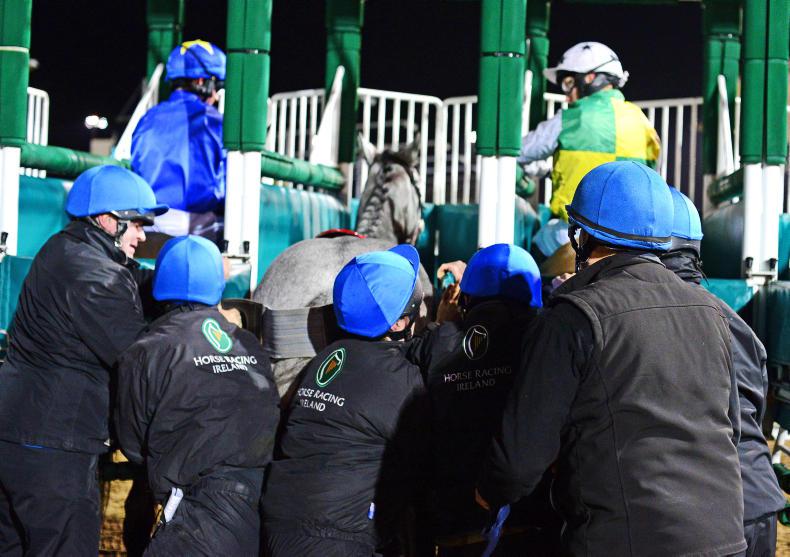
Is Horse Racing Ireland trying to squeeze too many horses into too few races?
Michael O’Leary might have over 200 horses in training but he has only one family to bring to the races. The 200 horses that compete in the 45-65 division could have over a thousand people connected to them. Indeed, many are owned by syndicates.
Children from these families can become the racegoers and owners of tomorrow if they are nurtured. It is my opinion that a significant number of owners involved in this lower tier of racing go on to purchase more expensive horses in the future as their financial position improves.
Likewise, a broad ownership profile will generate interest in racing in the general public as it creates consciousness in the family and friends of owners. The structure of racing is a pyramid shape and the larger the base of a pyramid, the taller you can build it.
Many of those who fail to see the importance of supporting the lower-tier, grassroots of flat racing do not see any contradiction in simultaneously bemoaning the concentration of horses in a reducing number of National Hunt yards.
The horses who run in 45-65 races are disproportionally based in the yards of smaller trainers and these horses are essential to the economic viability of these trainers. It is essential that adequate racing opportunities are available for these horses.
FORCED OUT
Forcing these horses and owners out of racing will also force many trainers out of business, not to ignore the employment they generate (one job on average for each four horses in training). They also give these trainers the opportunity to advertise their abilities through winning races which will lead to them getting greater patronage.
However, let no one be under the illusion that competing in these races is easy. It is an ultra-competitive sector with many challenges to overcome. It is difficult to plan a campaign as you are depending on the ballot to get a run. You often get to race under less than ideal ground conditions (on the turf) or distances. You always have full fields and, with the horses often very closely matched, you need luck in running.
One of the most inaccurate claims I have heard is that we cannot have the tax-payer subsidising people keeping bad horses in training. This is ludicrous as very little of the HRI prize fund actually goes to grassroots racing.
In the published race programmes for the year, from the start of the 2017 turf season to the end of the 2017/’18 all-weather campaign there are 1,108 flat races programmed for a total prize fund of €30.65 million.
Out of this, there were 126 races programmed in the 45-65 class with a total prize fund of €1.29 million. That is 11.4% of the races. It means 4.2% of the prize money goes to races for which over 50% of the horses with an official rating (horses who have raced three times or more) are eligible.
In addition, there are another 51 races in the 0-70 or similar class, with another €573,000 in prize money (60% of horses with an official rating are rated 70 or under).
This number was increased by divides but, nevertheless, it remains undeniable that these grassroots races get a small portion of the prize fund. Ensuring that there are adequate race opportunities for these horses is not an unreasonable expectation.
As more horses go into training the number of horses seeking to compete in this 45-65 class will increase. Remember the figure: 50% of horses will be rated 65 or under and it is a stated policy of the handicappers to maintain this distribution ratio from year to year.
Also, initiatives like the highly successful Foran Median Auction Series for two-year-olds has led to increased demand for lower-to-mid priced yearlings. This will inevitably bring more horses into the 45-65 class when they become three-year-olds and graduate to handicaps.
MASSIVE CONTRIBUTION
Rather than being subsidised, the owners of horses rated 45-65 make a massive contribution to Irish racing. Last year there were 845 individual horses balloted out of a 45-65 race, so it is reasonable to assume at least 845 individual horses competed in them. Those owners will have contributed about €300,000 in entry and bookage fees, about €80,000 in annual registration charges to HRI, and paid training and racing fees of over €12.5 million.
In order to ensure its future sustainability Irish racing must support the grassroots as a strategic aim. To ensure this, the programme of races must change to reflect the increased number of horses in training who qualify for the 45-65 class.
The increased demand for races in this category is a result of, and directly linked to, the increase in the total number of horses in training. Ensuring opportunities for grassroots racing should be a key performance indicator.
It is essential that the fixture list and racing programme is expanded to ensure there are adequate opportunities for all of our horse population and we do not repeat the mistakes of the pre-crash era when many owners were totally alienated by repeated balloting.
This would necessitate that the programme is expanded for both the turf season and the winter all-weather series. I would suggest that the winter series is expanded to provide three meetings in each two-week period and this would provide the required races across all levels and categories.
I appreciate that it is important to maintain existing prize money levels in maidens, stakes races and premium handicaps, so imaginative solutions may be needed to provide the additional funding required.
Other sources of revenue must also be explored. If increased revenue for the Tote can be generated through overseas co-mingling then trainers will have to bite the bullet and agree to 48-hour declarations, even if just for the winter series, where there are no going changes and the defection rate from entry stage to declarations is minimal.
Racecourse contribution to prize money is another factor that needs to be looked at. In this paper last week, David Skelly pointed out how racecourses consume all of the media rights money without making any contribution to prize money, other than through sponsorship, a notable exception being Dundalk, which make a significant contribution towards the prize money on offer in the winter series (I believe racecourses might also make a contribution to divided races).
PRIZE MONEY ERROR
Finally, I feel that the latest across-the-board increase in prize money was an error. Instead of increasing the prize money for the lower-rated handicaps, that money could have been used to ensure funding for more of these races.
Potential professional investors to the Irish bloodstock industry are not going to care too much what the prize level is for lower-rated handicaps. Personally, I don’t think it is heresy to consider reducing these prize levels a little and to ring-fence the money for an increased amount of lower rated races if this is necessary to ensure that the programme meets the needs of our horse population. Prize money levels are irrelevant without the opportunity to run.
Another thing that could help smaller owners is a review of the current lowest rated handicap which, at the moment, is 45-65. The reality is that currently over 14% of horses are rated below the current minimum operative mark of 45.
On the current Irish handicap listing there are 368 horses in this position who are, therefore (according to the handicapper), at a disadvantage when racing.
The annual end-of-season handicap review – where all handicap marks are recalibrated downwards by a typical figure of 4lb – means that the horses who were rated in the 45-48 range are now disadvantaged, compared to last season.
If the strategy of HRI is not to force these horses out of racing then there should be races framed to recognise this reality.
France stages races for horses rated 33-43. In Hong Kong they have 20-40 races and Australia has 35-48 races (all for more prize money than our 45-65 races), so why do we not have lower-rated handicaps?
While the UK also has a minimum operative mark of 45, they do run races specifically designed for these lower rated horses such as 45-50, 46-52, et cetera, so why not even introduce some 40-55 races?
Again, I think owners would have no issues with these races offering a lower prize level than the current minimum, if it meant they got more opportunities to run with a chance of a win.
In conclusion, I would ask that racing makes a strategic choice to support and foster grassroots flat racing and the small owners and small-to-medium size trainers who depend on this lower tier sector.
It needs to recognise the contribution these owners make to racing and how important it is for the future viability of racing that as wide a profile of owners as possible is maintained.
A recognition that all-weather racing has now resulted in flat racing becoming a year-round activity means that the winter all-weather programme needs to be expanded by about 50% from its current levels.
In recognition of the importance of grassroots racing, and as a specific means of support, the UK has recently seen prize money increased. It now pays down to eighth place for most lower-tier handicaps.
They also run a number of grassroots series in which lower-rated horses can qualify for finals which carry substantially more money than would normally be the case.
Irish racing needs to see that its lower-tier flat racing is an asset and not a nuisance to be barely tolerated, where an increasing number of horses are shoe-horned into an already inadequate programme.


 This is a subscriber-only article
This is a subscriber-only article
 It looks like you're browsing in private mode
It looks like you're browsing in private mode
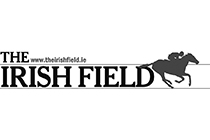





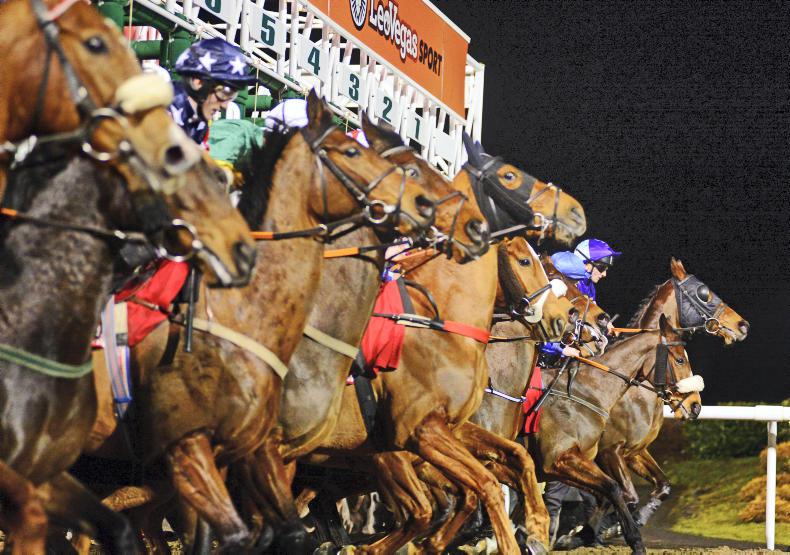

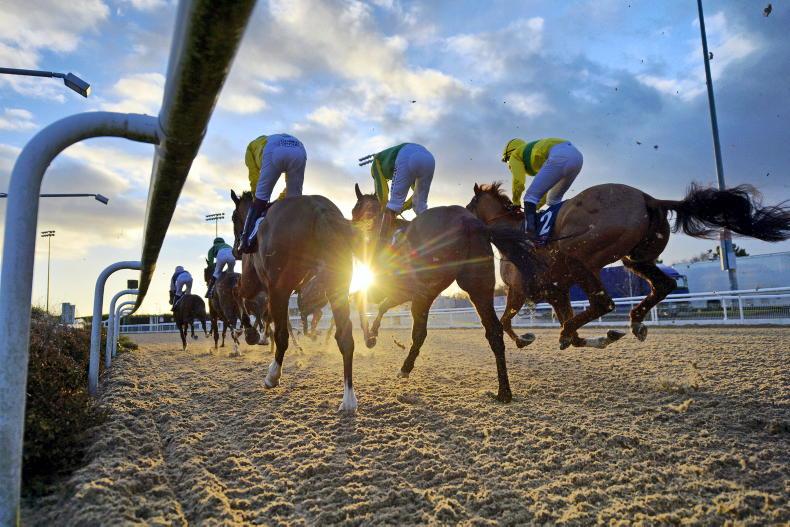
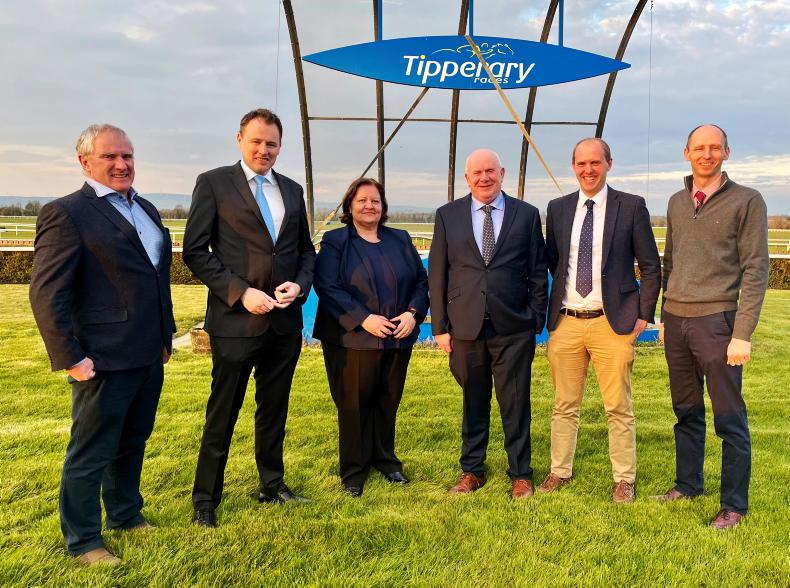


SHARING OPTIONS: